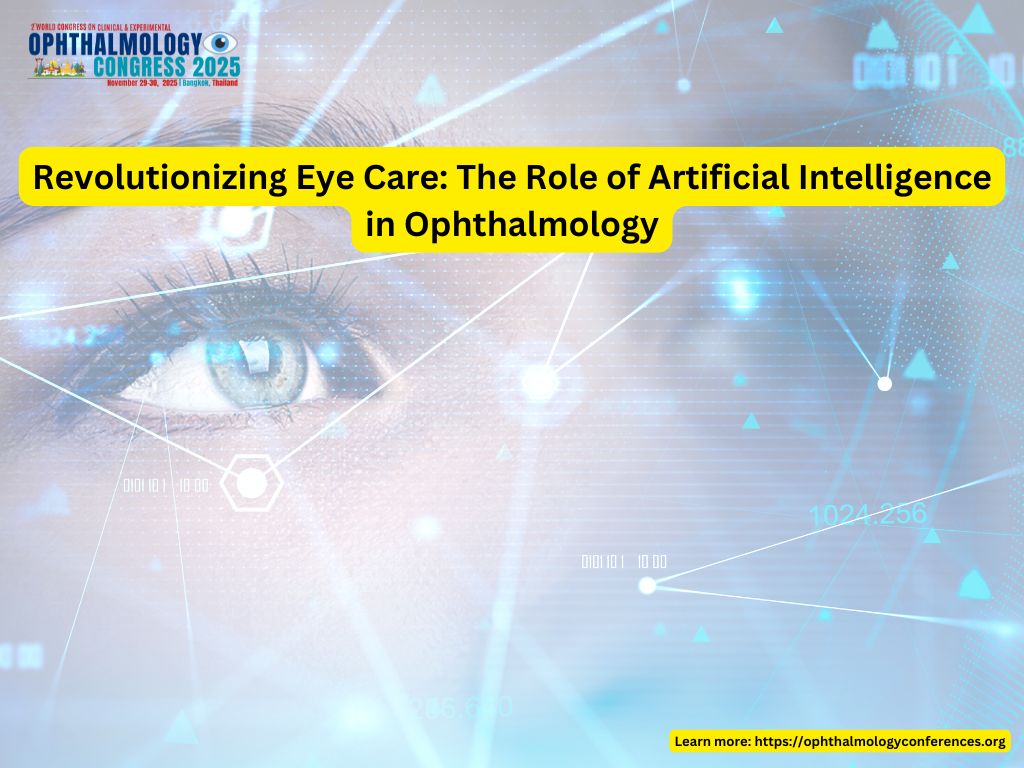Home News

Artificial Intelligence (AI) is rapidly transforming the field of ophthalmology, bringing unprecedented precision and efficiency to diagnosing and managing eye diseases. From advanced imaging techniques to predictive analytics, AI is making eye care more accessible and effective than ever before.
AI in Diagnosing Eye Conditions:
AI-powered diagnostic tools are revolutionizing how ophthalmologists detect and treat eye disorders. For instance, deep learning algorithms can analyze Optical Coherence Tomography (OCT) scans to identify early signs of diseases like diabetic retinopathy, age-related macular degeneration, and glaucoma. These systems can detect subtle abnormalities that might go unnoticed by the human eye, leading to earlier and more effective interventions.
Personalized Treatment Plans:
AI doesn’t just stop at diagnosis. It plays a crucial role in creating personalized treatment plans tailored to each patient’s unique needs. By analyzing vast datasets of patient histories, AI can predict the most effective treatment methods, enhancing outcomes and reducing unnecessary procedures.
Overcoming Challenges:
While the potential of AI in ophthalmology is immense, challenges remain. Issues like data privacy, algorithm bias, and the need for extensive validation studies must be addressed to ensure the reliability and safety of AI-powered tools. Collaboration between tech companies, healthcare providers, and regulatory bodies is key to overcoming these hurdles.
As AI technology continues to evolve, its applications in ophthalmology will only expand. From automated surgical systems to AI-assisted telemedicine platforms, the future holds exciting possibilities for improving global eye health. AI is not replacing ophthalmologists but empowering them to provide better, faster, and more accurate care.